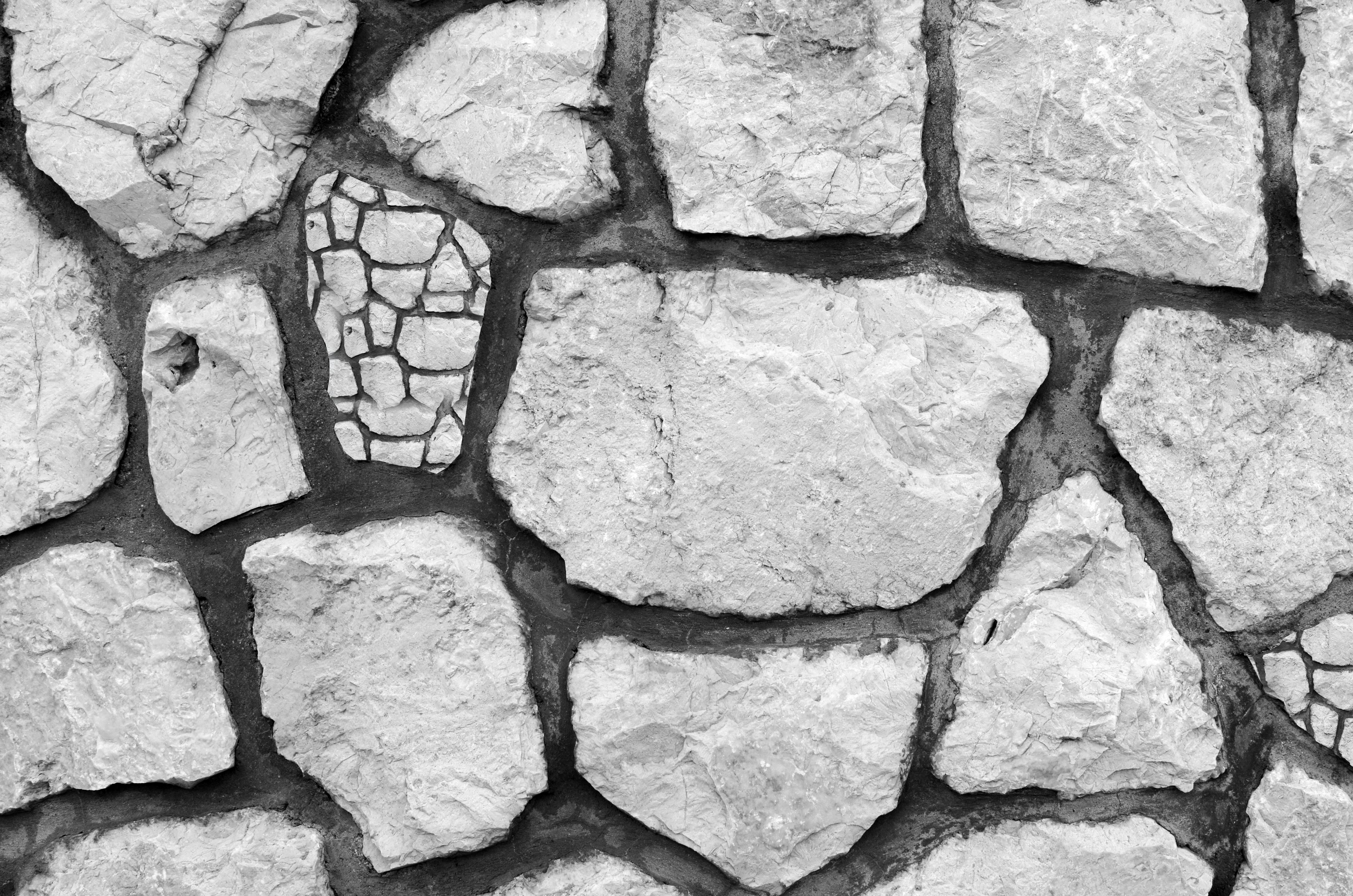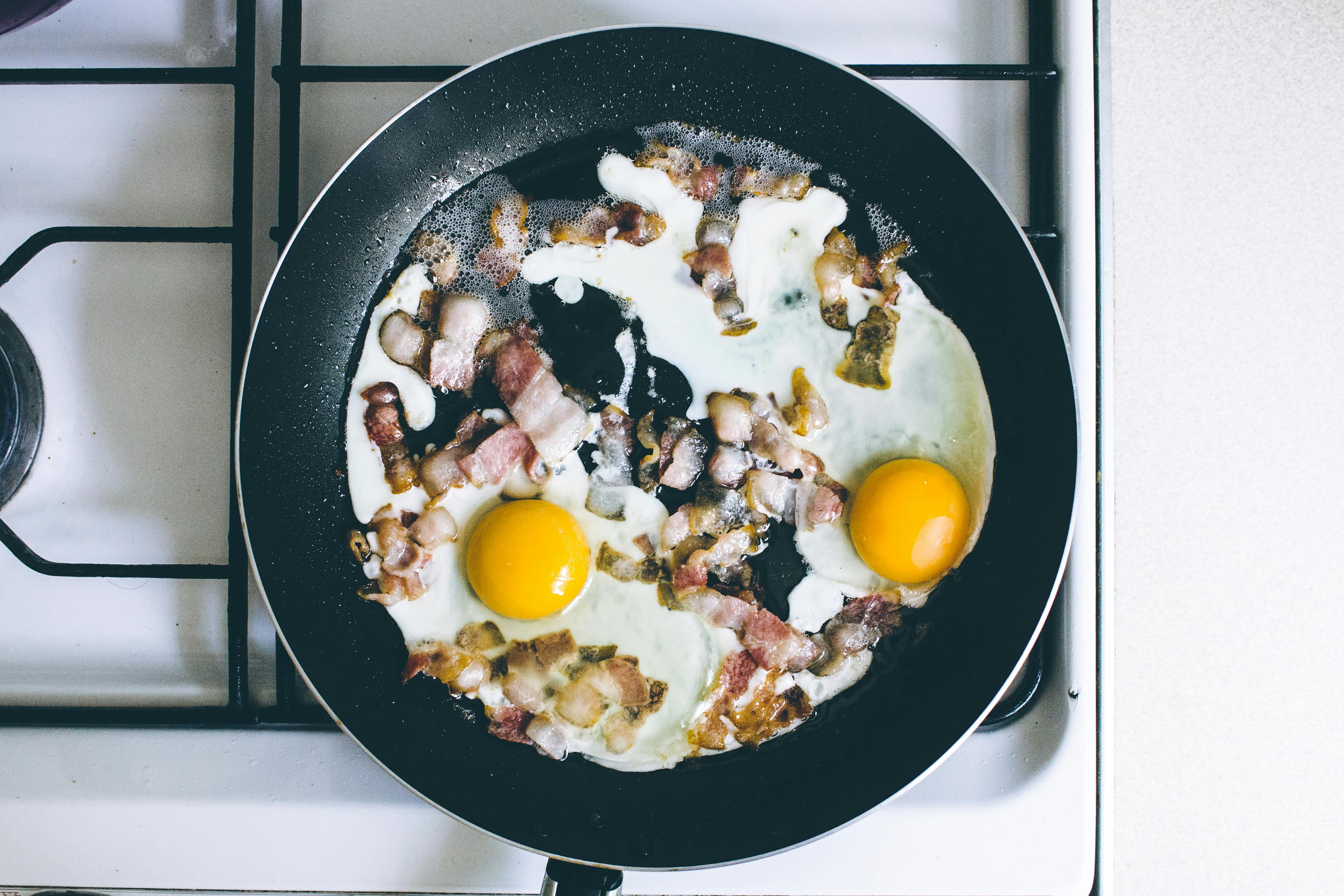They feed at night and look for dark, cool, and humid places to hang out during the day. Some common hiding places are under organic matter such as mulch, pine straw, litter and other debris, loose wood chip mulch, decaying matter, rotten fruit on the ground, wood, boards or tree branches that are on the ground , under dense growth of vines or pots and thick pots, anything damp will shade them and protect them from the sun. As well as hiding in piles of firewood that you didn’t use last year and let’s not forget to hang out inside that little wooded shed you have outside that you haven’t gotten in in years. While earwigs are scavengers, they eat dead insects, decompose plant materials, they can also eat live plants and damage your vegetables and feed on the flowers of plants, including marigolds, petunias, hibiscus, and many other plants. Earwigs leave many small holes in the leaves and flowers of plants.
Seedlings and most flowering plants can be seriously damaged or even killed when there is a large population of earwigs (coffee grounds will protect). Earwigs can produce large populations fairly quickly and can become a major owner problem overnight. They are attracted to lights, so they will enter at night attracted by lights that are on; as well as the lights that you have on during the day, which will make them hang out there, especially if it is a cool area. Earwigs can be found in most homes and can enter through entry points such as doors and windows, climbing through broken walls and cracked openings, shattered screens. They have a beneficial role in the landscape and have been shown to be important predators of aphids, mites, most insect eggs, and most soft-bodied insects such as whiteflies. They have a very unpleasant smell when crushed.
Some natural controls
Hint: earwigs are attracted to moisture
Control the water around the outside of the house. Repair any leaks. Convert to a drip system to keep water underground. Check weeds regularly and clean up dead debris. Eliminate areas of high humidity around walls, in mulch, under rocks, boards, etc. Monitor moisture conditions in crawl spaces, taps, along the foundation. Change the landscape by creating a dry border immediately around the walls of the house. Gravel or flat stones can be an attractive barrier against earwigs and other invasive pests. Rain gutters should direct water away from the house. Caulk or use weatherstripping at all possible entry points, such as doors, windows, pipes, repair screens, and doors and windows. Where earwigs are a problem, remove hiding places that have high humidity levels. Start a regular daily catching program. Eliminating earwig habitats is very important to the control of all insects, including earwigs. Since they are attracted to lights, stop lighting the outside at night. Remove the white light and install yellow LEDs in its place.
Inside the house
Indoor earwigs should be vacuumed daily; be sure to kill and dispose of them by tossing them in a plastic bag and tying them up and throwing them away, right away so they don’t invade again. If earwigs are a common problem in a building, survey the area to see how they enter the home and seal and plug cracks and all entry points. Repair all broken screens.
Natural sprays
Essential oil spray
You can make a natural spray that will prevent them from entering the house. Use 1/2 oz per gallon of water of any of the following available essential oils
1. citronella oil
2. cinnamon oil
3.real oil
4. clove oil
5. lavender oil
6. citrus
7. basil
8. You can use any natural essential oil. The above are just a few. Try yours.
Citrus spray Use OTKO, a natural citrus cleaner. Spray straight through a sir. Kills earwigs and most insects on contact. Soap spray Use any natural Castile soap such as Dr Bronners soaps. They produce mint, lavender, almond, tea tree, and many other natural sources. Use 1 oz per gallon of water. Kill earwigs when sprayed.
DE SPRAY Gadren Grade DE can be added to water and sprayed. The best way is to put some DE in a pantyhose and suspend in a gallon of water. Let stand, in a gallon spray bottle and spray. When it dries, the de will act as a barrier and kill the earwigs that crawl on it. You can use only the powder from the areas with it.
Check list
Empty, empty and empty …
Vacuum earwigs indoors. Vacuum very thoroughly and as often as necessary. Throw the bags in the trash.
Natural powder
Garden Grade DE can be used as a powder around the house, as well as under the house and attic. Sprinkle lightly and let it rest.
Boric acid can be used as a powder in crevices and other areas between the walls of the house.
Population reduction:
Indoor traps are an ongoing way to manage earwigs in the home on a regular long-term basis.
Various traps
Ultimate Flea Trap is by far the best bug trap on the market. This one uses no chemicals and just a small light with a sticky mat that traps insects that are attracted to the light. Place one in each room that has earwigs. It also works on fleas (hence the name), as well as spiders, cockroaches, and most other insects.
Outside the house
Remove hiding materials outside the building’s perimeter, such as ivy, plant debris, leaves in gutters, old wood piles, old litter, newspaper piles, or other organic material. Caulk and repair cracks, crevices, and other openings around the foundation or around the exterior of the home. Control moisture around the building by repairing or replacing leaky faucets, leaking air conditioners, leaking drains, control water entering the foundation after it rains, and provide access spaces to allow entry. Repair or change conditions to promote a drier environment. Put caulk and weatherstripping around the doors. Windows. bathrooms water outlets as well as electrical outlets.
Go through any area inside that is dark and where they can hide. Cardboard boxes will make a great shelter to hang out indoors. Remove any other debris, such as old, unused firewood. Always keep moisture out of your home by repairing faulty rain jets, maintaining levelness in an area so water drains away from the home, and maintaining adequate ventilation in tight spaces to allow the area to dry out.
Earwigs are attracted to outside lights, so replace them with yellow LED lights, which are less attractive to earwigs. Treatment should be done outdoors with natural applications of garden grade DE around the building foundation, flower beds, mulch and grass areas within a couple of yards of the building, as well as in the access space areas of the building. home. Treat in a two foot band around the building adjacent to the foundation to prevent earwigs from entering. Establish a dry edge around the base of the houses for added control.
Traps outside the house
Newspaper: Rolled wet newspaper that is held in place with a rubber band.
Cardboard box: Drill pencil-sized holes along the bottom edge of the cardboard box.
Old Garden Hose: 12-24 Inch Garden Hose Parts
Used cat food can. Add 1/2 inch of any type of beer or wine.
Tupperware: Use a tupperware like a plastic container. Drill holes along the top edge of the tub, add 2 inches of cheap wine and cover with the top and sink into the ground.
Finch Bird House can be used as a dwelling unit where you can place an 8 1/2 oz plastic glass filled with beer or wine. I’d try one of each and see which one attracts the most.
Trapping is an effective and simple method to reduce earwig populations.
One of the key elements of a natural earwig management program is a daily active trapping system. Just before dark, set bird finch traps around the yard in places out of sight. In the morning, shake them out of the traps over a bucket of Dr. Bronners soap / water or any natural soap and water. Keep catching until you don’t catch any more earwigs. Traps can be hidden near shrubs and ground cover plants, or against the house. For fruit trees, keep weeds, shrubs, and suckers (always prune) away from the base of trees year-round as they provide shelter for earwigs, snails, and other critters. Monitor populations by counting the number of earwigs caught in the traps.
Eliminate their habitat:
Altering the habitat around your garden will reduce the earwig population and damage. Get rid of their hiding places – boards, weeds, piles of wood, plant debris, litter, and anything else that creates dark, damp hiding places. Do not plant dense ground covers, such as ivy, mint, herbs, next to vegetable or flower gardens. Grow vulnerable seedlings indoors until they can withstand a little chewing. Or start outdoors on a table with legs protected by adhesive barriers.
Some people advise against using organic mulch because they say it provides shelter for pests such as earwigs and spiders. I have the opposite view that organic mulch offers earwigs a diverse hunting area that will save their plants and meet the needs of the soil. Mulch can be easily kept clean of earwigs by dusting garden grade several times a year or with the powder just before and after each time you apply a new layer of mulch. Spraying the mulch with any natural soap will also control them.
Andy lopez
The invisible gardener









